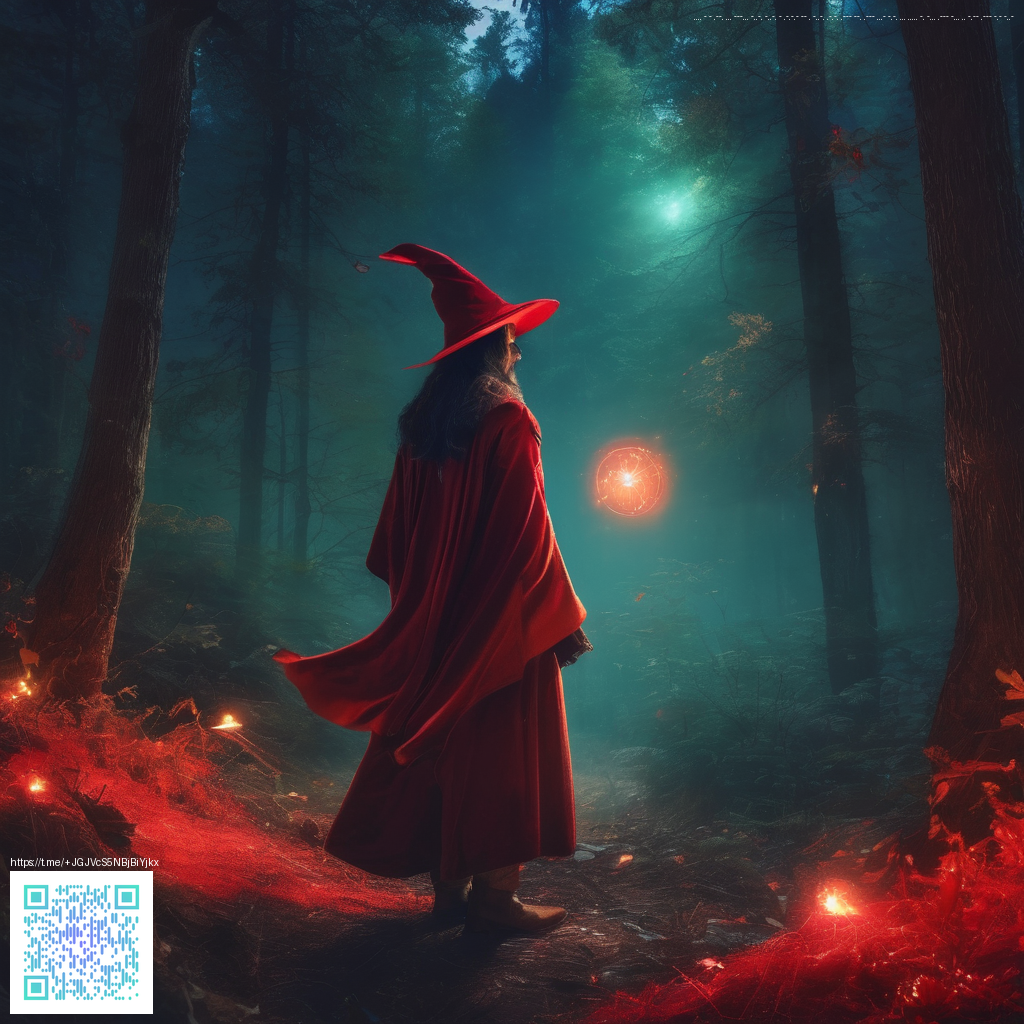
The evolving role of AR and VR in shaping marketing campaigns
Augmented reality (AR) and virtual reality (VR) have moved beyond novelty hooks and into the core toolkit of modern marketing. Today’s campaigns lean into immersive experiences that invite audiences to explore products, environments, and stories in ways that static ads simply can’t match. Brands are seeing higher engagement, longer dwell times, and a stronger memory trace when users can interact with a scene rather than merely observe it. The shift isn’t about flashy tech for its own sake; it’s about bridging intention and action with a sense of presence that traditional media struggle to deliver.
Why immersive tech matters in contemporary campaigns
AR adds a digital layer to the real world, letting customers visualize products in their own space or test features in a low‑risk way. VR, meanwhile, transports audiences into entirely new environments where storytelling can unfold with cinematic pacing and interactive choices. The result is a more personal connection: you’re not just showing a product; you’re inviting the customer to experiment, customize, and participate.
“The strongest campaigns are those that invite users to co-create the experience. AR and VR lower the barriers to experimentation, making it easier to translate intent into action.”
To succeed, brands must design experiences with clear objectives and measurable outcomes. Whether the goal is awareness, product education, or driving conversions, immersive campaigns should include precise calls to action, intent signals, and a path to next steps. Accessibility and inclusivity are essential too—think simple navigation, alternative text for visuals, and options to opt out without losing value from the experience.
Practical approaches to weaving AR/VR into your strategy
- Define the objective: Are you building brand affinity, accelerating product understanding, or showcasing features that are hard to demonstrate in a catalog?
- Choose the right platform: AR filters on social apps for reach, VR showrooms for deep product exploration, or hybrid experiences that blend physical and digital cues.
- Design for flow: Keep onboarding simple, provide intuitive gestures, and offer progressive disclosure so users aren’t overwhelmed.
- Measure meaningfully: Track engagement depth, task completion rates, and the quality of user interactions (e.g., which features were tried most, where drop-offs occur).
- Consider hybrid experiences: Pair virtual demos with tactile accessories to anchor the moment in the real world. For teams and creators, a physical workspace setup can reinforce the digital message and help with content creation.
As campaigns become more ambitious, some brands blend immersive experiences with tangible products to create a cohesive story. For example, in a recent exploration of hybrid marketing tactics, the idea of a tactile desk setup was highlighted as a way to connect digital ideas with a real-world workflow. When teams use physical items to complement AR/VR demos, it reinforces brand memory and can streamline post-experience actions. You can explore a practical case study on this concept on a dedicated page, which provides actionable takeaways for marketers looking to test these approaches in their own campaigns.
If you’re curious about pairing immersive experiences with practical tools, consider a small, customizable desk accessory as a sponsor of your creative process. For instance, you can explore the Neon Desk Mouse Pad, a customizable 3mm-thick rubber-backed surface, as a tactile anchor for your production team. Neon Desk Mouse Pad offers a simple way to keep your setup cohesive while you design and test AR/VR assets. It’s a reminder that great marketing often blends the digital and the physical to support teams as they bring immersive ideas to life. A related case study on a separate page provides additional context for these hybrid strategies: case study discussion.
From concept to execution: a quick blueprint
1) Align creative with business goals. 2) Build an immersive concept with a clear narrative arc. 3) Prototype with a focus on user journey and accessibility. 4) Launch with scalable analytics and iterative improvement. 5) Extend the experience with complementary content and physical touchpoints to reinforce memory and action. When you approach AR/VR as a holistic ecosystem rather than a one-off stunt, campaigns stay relevant longer and deliver incremental value over time.